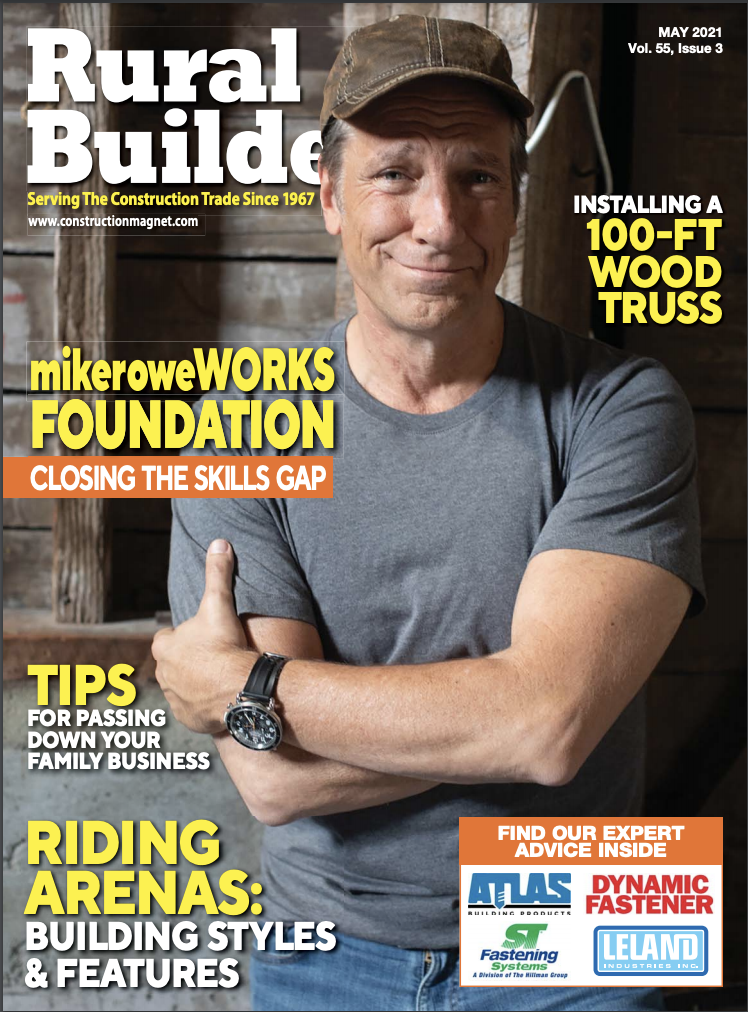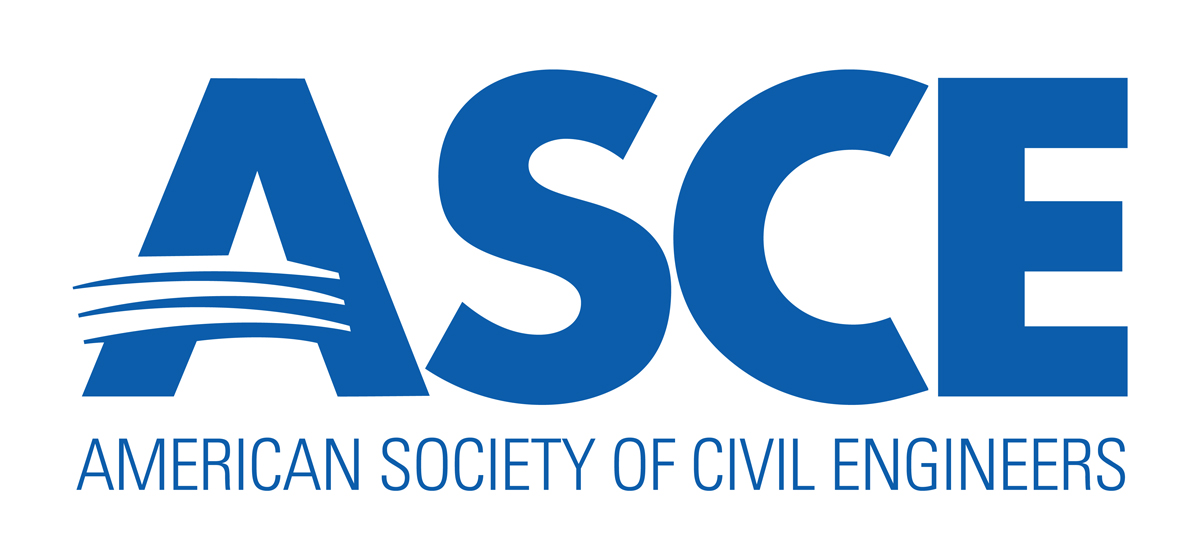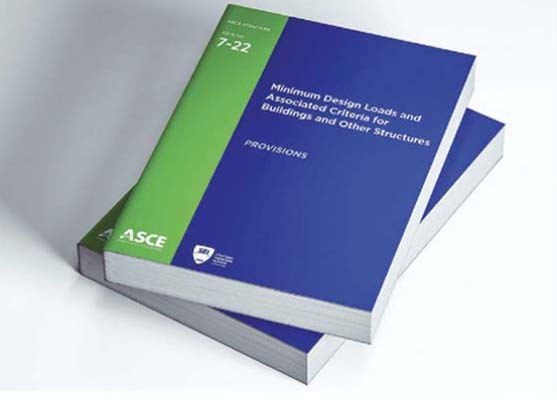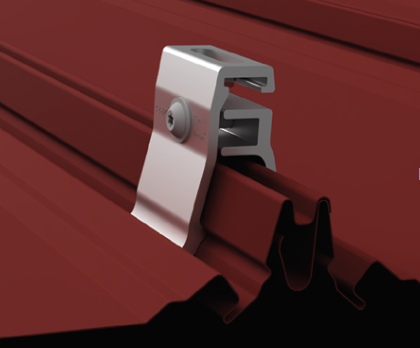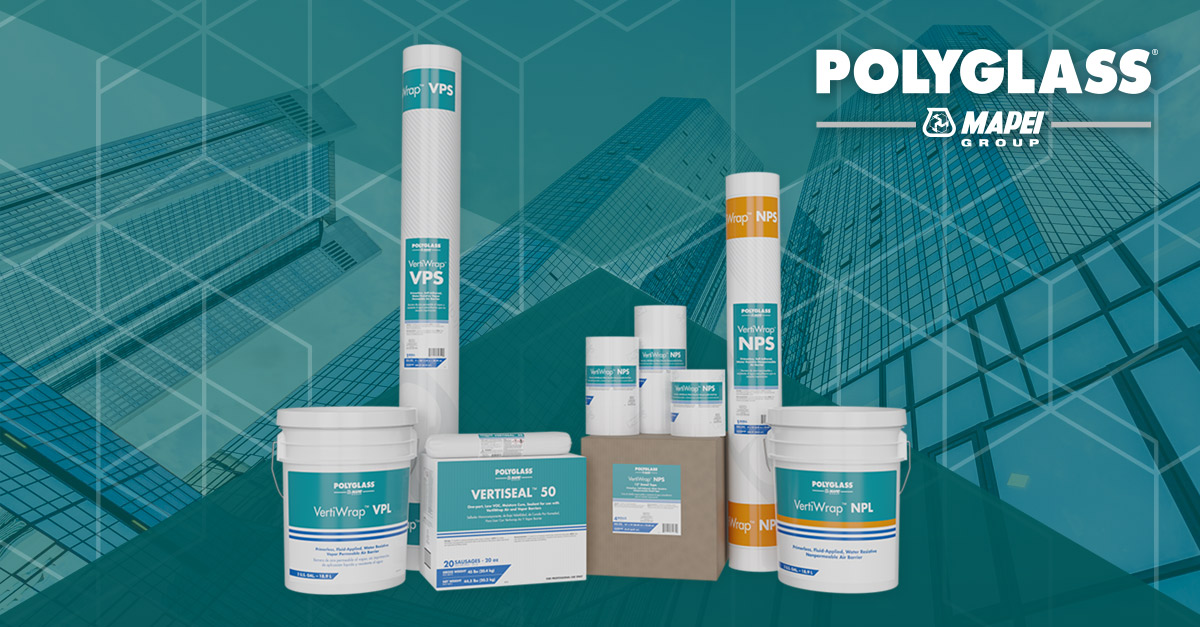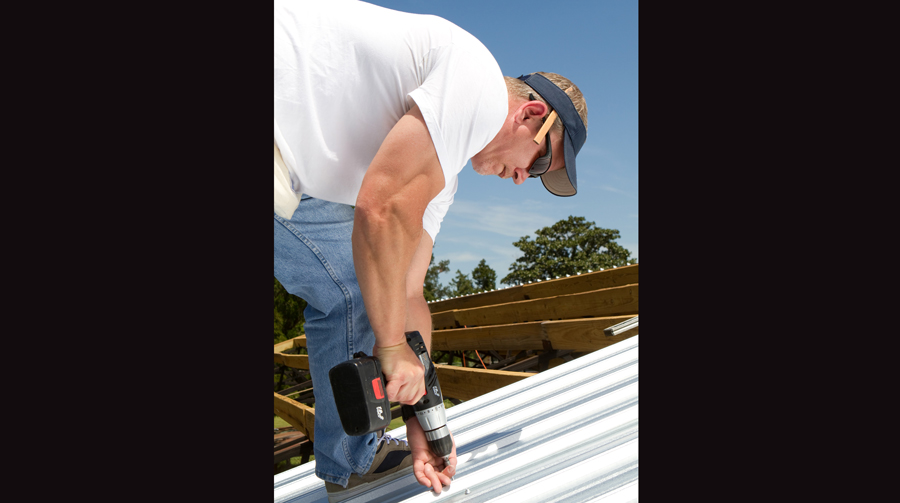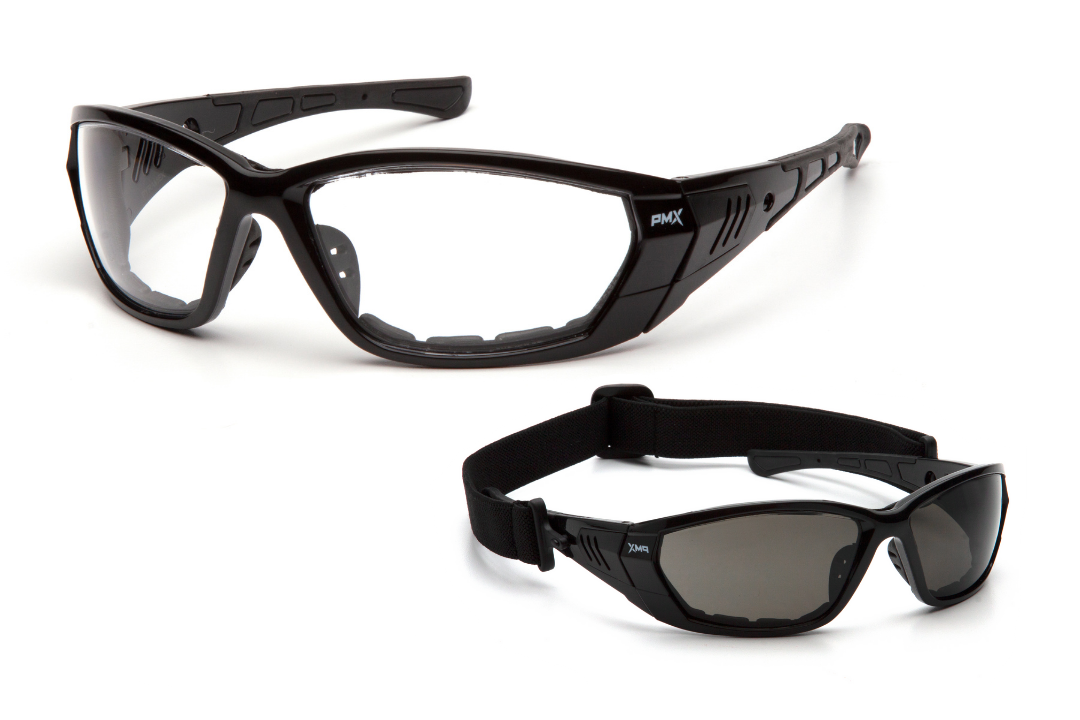By Rural Builder Staff
This national standard is the American Society of Civil Engineers’ (ASCE) most widely used standard and is an integral part of building codes in the United States and around the globe. Structural engineers, architects, and those engaged in preparing and administering local building codes will find the 2022 edition of the structural load requirements essential to their practice.
“Civil engineers are responsible for the design of the buildings and structures we work, live, and play in every day, and we must ensure those structures are safe for the public,” said Tom Smith, ASCE Executive Director. “With weather hazards becoming more extreme, this updated standard is essential to improve the resilience of our communities.”
“For more than 20 years, U.S. building codes have relied on the ASCE 7 standard as the authoritative source for specification of loads and related criteria used by engineers to design safe, economical, and reliable structures. Every six years, hundreds of volunteer professional civil and structural engineers, researchers, building officials, and construction professionals collaborate to update the standard, acknowledging new engineering research, evolving construction techniques, and society’s changing expectations and concerns,” said Ronald Hamburger, P.E., S.E., F.SEI, Senior Principal with Simpson Gumpertz & Heger, Inc., and chair of the ASCE 7-22 committee. “The 2022 edition includes first-ever criteria for tornado-resistant design and substantial improvements to the design criteria for atmospheric icing, earthquake, tsunami, rain, snow, and wind.”
The 2022 edition of ASCE 7, which supersedes ASCE/SEI 7-16, provides the most up-to-date and coordinated loading provisions for general structural design. Informed by past events including Hurricane Michael in 2018 and the Joplin Tornado in 2011, this standard prescribes design loads for all hazards including soil, flood, tsunami, snow, rain, atmospheric ice, seismic, wind, and fire, as well as how to evaluate load combinations. ASCE/SEI 7-22 is different from past versions because, for the first time, the digital data is available via open access from the ASCE 7 Hazard Tool so that anyone can view the hazards that are relevant to their local community.
Environmental hazards used for building design were all updated, specifically including new wind speeds along the hurricane coastline, improved tsunami run up for highly populated west coast locations, increased accuracy of seismic design criteria, new national snow design data, risk specific atmospheric ice criteria, and a completely new chapter for tornado loads. In addition, ASCE 7-22 modernizes design requirements for cutting edge mass timber systems and composite concrete and steel systems, as well as for big box stores/warehouses, ground mounted solar facilities, and elevated buildings.
In addition to the print version of ASCE 7-22 — available as a two-volume paperback set or as a PDF — ASCE 7 Online is a subscription service that provides digital access to ASCE/SEI 7-22, as well as to the previous 2016 and 2010 editions, with enhanced features that make it faster and easier to work in the Standard. Functionality exclusive to ASCE 7 Online includes: side-by-side display of the provisions and commentary; redlining to track changes between editions; real-time updates of supplements and errata; two-level corporate vs. personal annotations; and toggling between Customary and SI unit measurements. Corporate subscriptions are available.
